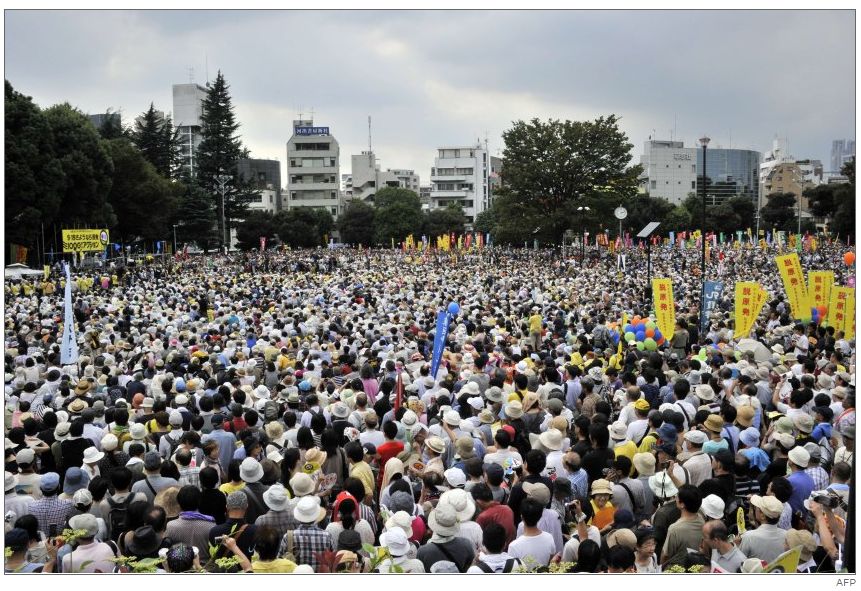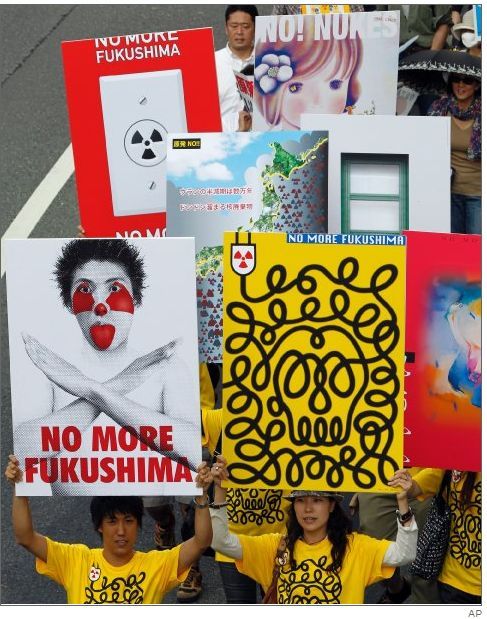The latest videos of Reactors 2 and 3 at Fukushima I Nuclear Power Plant show steam rising from the locations where the reactors are located.
The video of Reactor 3 was taken on August 24, and the video of Reactor 2 was taken on September 17 when the company sampled the air using the remote-control crane; a video camera was attached to the boom.
You can download the zip files from TEPCO's Photos for Press page for your record (Reactor 3, Reactor 2), or you can view them here, courtesy of the Mainichi Shinbun video page.
Reactor 3, August 24, 2011 (see this document for the view angle):
Reactor 2, September 17, 2011, from the opening on the east side of the reactor building (see this document for the view angle):
According to Asahi Shinbun (9/24/2011), TEPCO thinks:
東電は「湯気の下には原子炉がある。原子炉から漏れた水蒸気が立ち上っているのか、雨が入り込んで原子炉のふたの熱で蒸発しているのではないか」と話している。
"Under the steam are the reactors. It could be either the steam is escaping from the reactor, or the rainwater is evaporating on the lid of the reactor which is hot."
Looking at the videos, they do not look like rainwater being evaporated, as the steam comes out unevenly and sporadically. If it's rainwater I would imagine a steady rise of steam.

















 Tokyo Time
Tokyo Time
![[Most Recent Quotes from www.kitco.com]](http://www.kitconet.com/charts/metals/gold/t24_au_en_usoz_2.gif)

